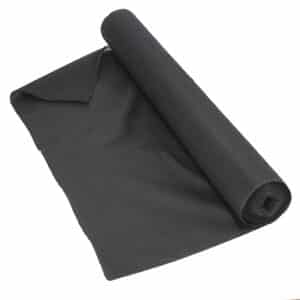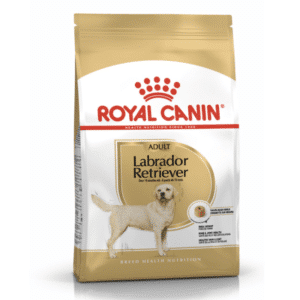Advantages of Container Gardening
DIY and how-to

Advantages of Container Gardening
Containers are increasingly being used for gardening on balconies or indoors as they can be used for many purposes. Knee-high containers are easier to maintain without bending or kneeling. Containers of various heights may be used to add height to a border or certain area in the garden. An attractive container, even without plants, can be used as a focal point, or you can plant herbs in containers to make a feature in the garden.
Many gardens in this region only have an alkaline soil, but plants which prefer acid in soil can be planted in containers by simply adding the correct soil type.
Planting in containers
When choosing containers, remember that concrete containers are much stronger than many plastic types, but may be too heavy to move around freely when filled with soil, so position heavy containers where you want them before filling with a good potting soil. Plastic containers may become brittle and crack after some time in very warm, dry areas.
Unglazed clay containers need to be watered more often in dry areas, as water evaporates through the porous structure of the pot. One can line them with a plastic liner, but when not lined, make sure that the outside of the clay pot is also watered every time the plants are irrigated.
You will need the below when potting up a container :
- Potting soil and drainage chips
- Aquasoil
- Nitrosol
- Decorative stones
- Pot and tray
How to plant in containers
- Ensure that there are enough drainage holes at the base.
- Cover the bottom of the container with a layer of small pebbles. The larger the container, the thicker the layer of pebbles should be. Cover the pebbles with a layer of moist compost.
- The planting hole should be 16cm wider than the diameter of the root area of the plant.
- Water the plant with a mixture of 1 tablespoon of Epsom salts dissolved in 5 litres of water to minimise transplanting shock.
- Gently remove the plant from the old container.
- Where the roots are matted, gently loosen the damp roots with your fingertips.
- Roots that are unnecessarily long should be cut shorter.
- Pour a little water into the hole where the plant will be positioned.
- Spread the roots out evenly to avoid bending them when placing the plant in the hole.
- Cover the roots with soil.
- Firm down the soil around the transplanted plant and water well.
- Add a mulch of compost or bark to slow down evaporation.
- The larger the growing space for the roots the more nutrients will be available to the plant.
Creating colourful containers :
- When planning to have a number of pots together, consider the whole setting
- Choose plants that will compliment each other and the containers that they are in
- Make use of the wide range of colours, textures, foliage, scents and uses of plants
- Add Aquasoil to the potting soil to aid water retention
- Do not forget a tray if you are concerned about water stains
- Feeding is essential as the roots are restricted to the confines of the pot
- Use Nitrosol once a fortnight for best results
- Make use of pebbles, statues, wood, etc. to add to the effect
You might also like
Shop online
-
WEED GUARD PER METER 1x1M
- R16.99
-
LABRADOR ADULT 12KG
- R1,614.99
-
Gift Card
- R650.00 – R3,000.00




